
A complicated problem arises with the $7 billion in U.S. military hardware that remains in Afghanistan following the 2021 withdrawal. After the Taliban regained power, they took control of this cache, which had been provided to the Afghan National Defense and Security Forces for 16 years in order to combat terrorism.
By portraying it as a loss of American military resources and strategic influence, former President Donald Trump demanded that the Taliban return this equipment. But the Taliban’s categorical rejection highlights shifting geopolitical realities in the area and goes against established military and diplomatic conventions.
Historical Context
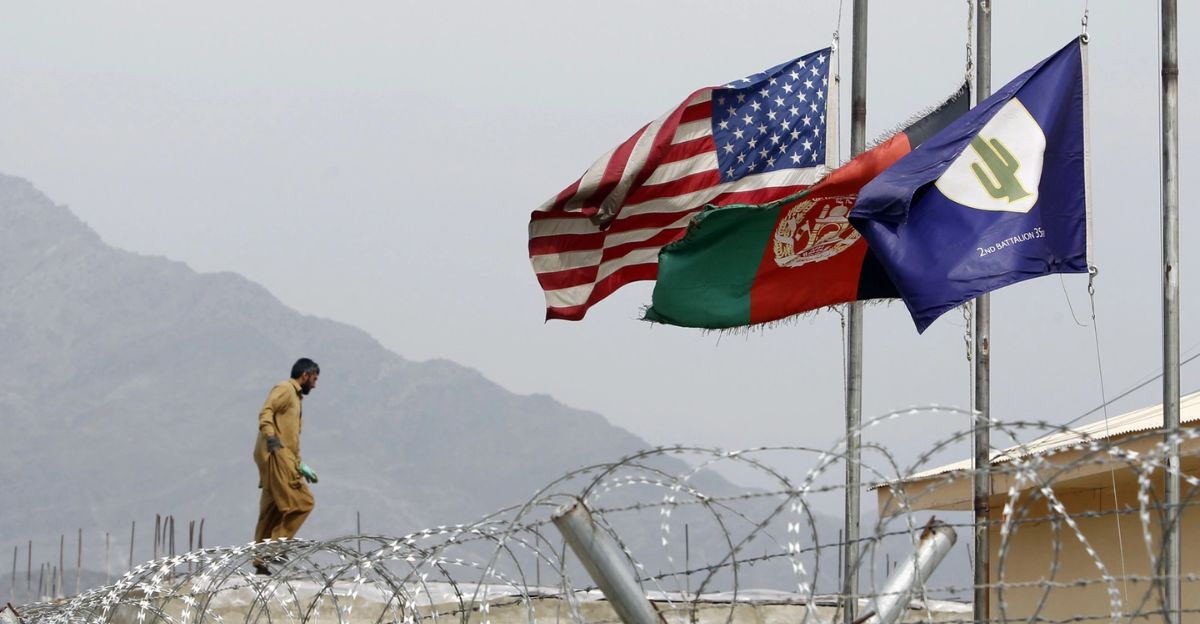
The United States made significant investments in Afghanistan’s security infrastructure over a 20-year period, providing $18.6 billion in military assistance by 2021. Nevertheless, the Taliban quickly seized control of Kabul in August 2021 as a result of the United States’ hasty withdrawal.
About $7.1 billion worth of equipment, including vehicles, weapons, and advanced technology, was left behind during the withdrawal. This departure represented a clear reversal of U.S. strategic goals, highlighting the difficulties in counterinsurgency and nation-building where political will and local legitimacy are essential. The seizure of this arsenal by the Taliban represented a psychological and geopolitical triumph over US sway.
The Taliban Rejects Trump’s Threats

The harsh rhetoric used by former President Trump to uphold perceived American dominance is highlighted by his public threats demanding the return of the hardware. However, the Taliban openly disregarded these requests, claiming ownership of the apparatus to strengthen their rule.
This disobedience exposes the limitations of enforcing military claims without actual troops on the ground and undermines US posture. The Taliban’s position also reflects a change in how they see themselves, from rebels to sovereign rulers unwilling to yield to outside pressures, exposing a new political reality in Afghanistan that contradicts earlier U.S. presumptions about influence and cooperation.
Influences of Regional Geopolitics
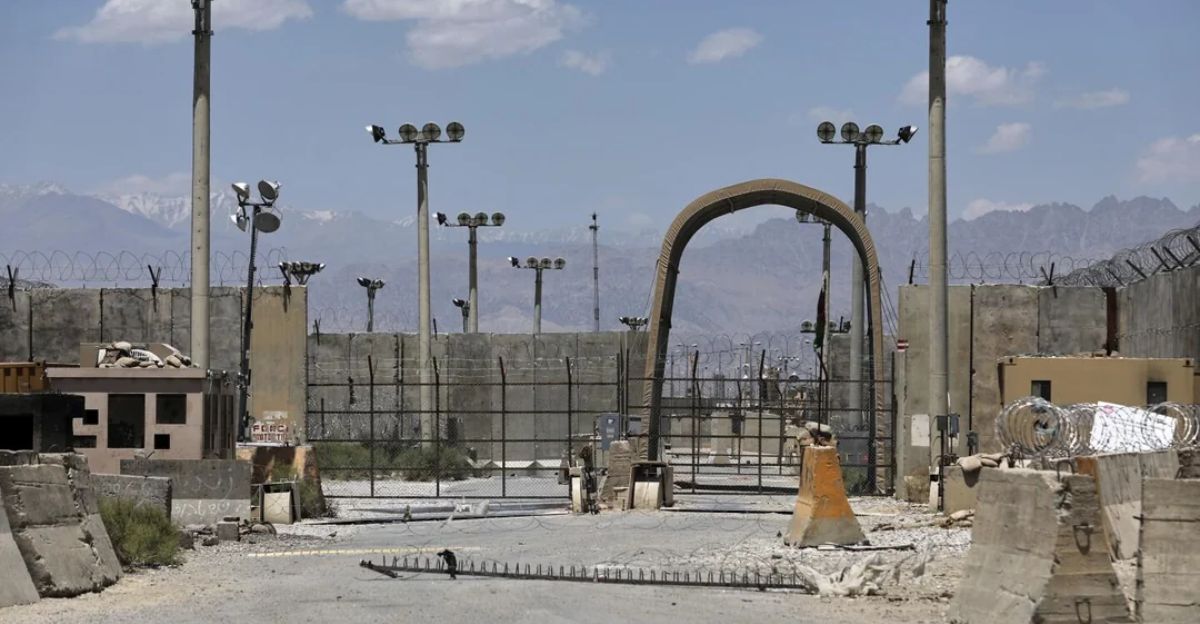
India, China, and Pakistan are among the regional nations that have expressed opposition to the United States regaining military bases in Afghanistan, including Bagram. Their concerns about a resurgent foreign military presence upsetting delicate regional balances are reflected in their objections.
This larger geopolitical backdrop, in which Afghanistan becomes a disputed territory among neighbors vying for influence, is consistent with the Taliban’s refusal to return the equipment. Redefining regional security paradigms, this defiance is a calculated attempt to preserve sovereignty and use military resources as negotiating leverage in diplomatic talks with neighboring powers.
Power Projection and Psychological Factors
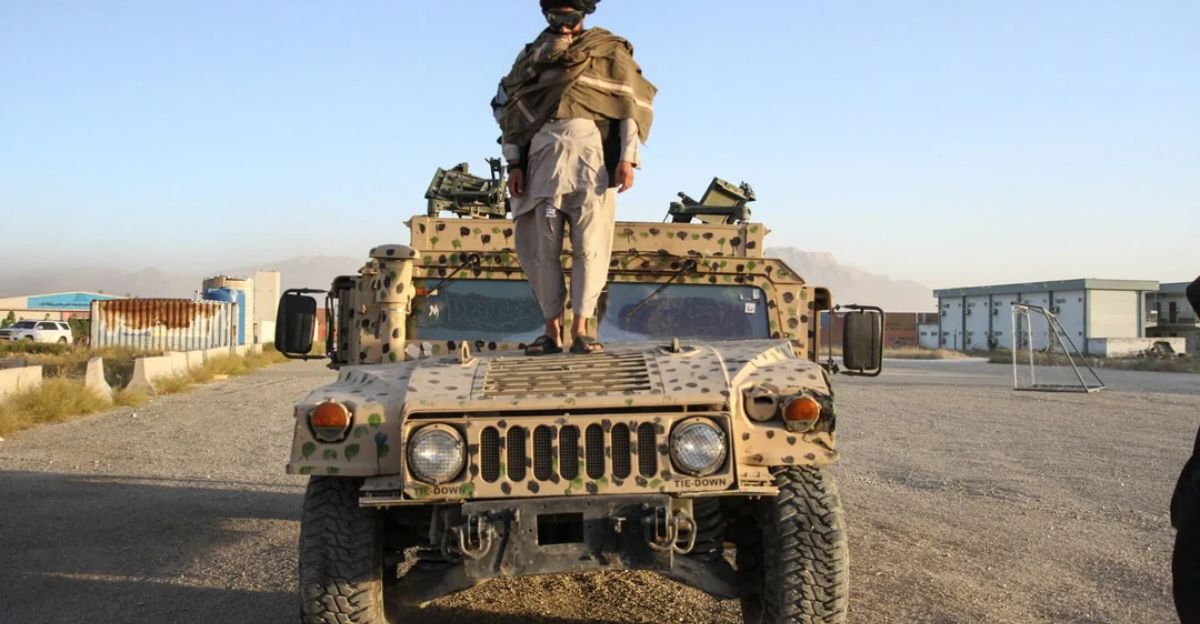
There are several strategic and psychological reasons why the Taliban would keep the $7 billion in American weapons. It enhances their reputation both at home and abroad by demonstrating their fortitude and tenacity. The goal of showcasing cutting-edge American equipment during Taliban parades is to discourage adversaries and indicate a shift in power.
Additionally, it casts doubt on American resolve and credibility, which could jeopardize US security commitments and alliances in the area. This situation demonstrates the effectiveness of symbolism in combat, as having enemy property communicates legitimacy and psychological superiority.
Difficulties in Maintaining and Operating Equipment

Operational difficulties still exist even though the Taliban are in control of cutting-edge military hardware. U.S. contractors initially provided the specialized maintenance needed for a large portion of the hardware. The sustainability of this arsenal is questionable in the absence of supply chains and technical know-how.
This restriction reduces the equipment’s inherent value and makes the Taliban’s military more difficult to use in the long run. It also illustrates a more profound lesson in military assistance: without institutional capacity, training, and ongoing support infrastructure, hardware by itself cannot guarantee strategic results.
Consequences for American Military Strategy
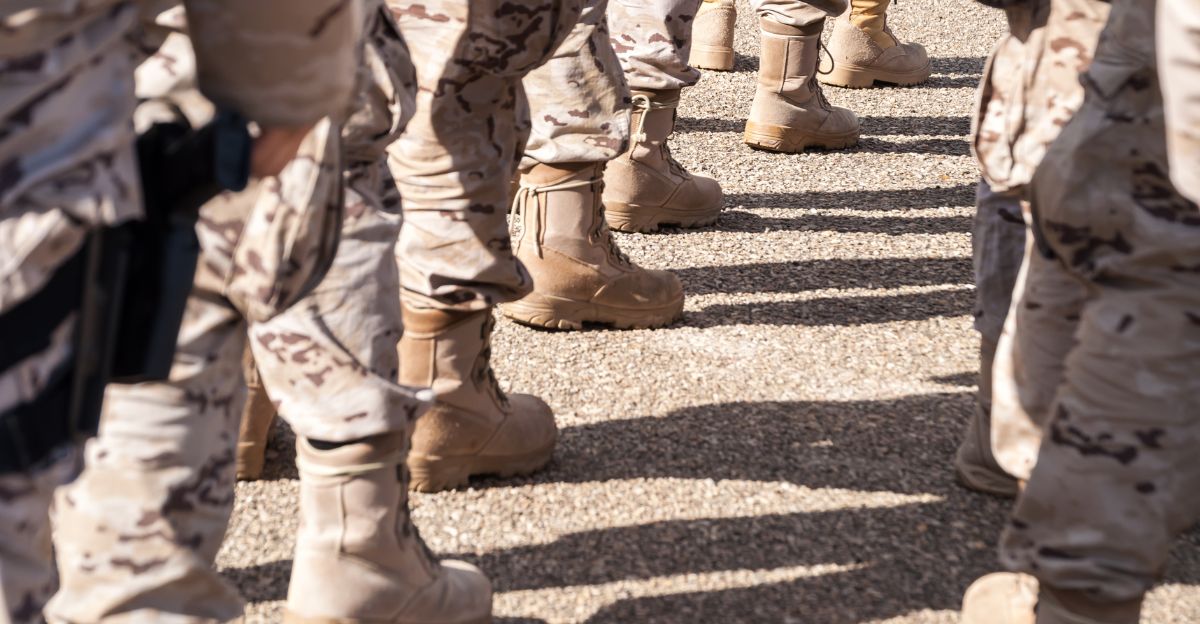
The weaknesses of quick withdrawal procedures and an excessive reliance on local allies for security are revealed in this episode. Because its investments were not only lost but also used to the advantage of hostile forces, the United States suffered a strategic setback.
The reluctance to return military assets highlights the United States’ waning influence in a crucial area and calls for a review of intervention tactics. To prevent such results, future military operations must consider political stability, local governance, and thorough exit planning—highlighting the fact that military hardware is merely one element among the political and social elements influencing sustainable security.
The Taliban’s Role as Autonomous Players
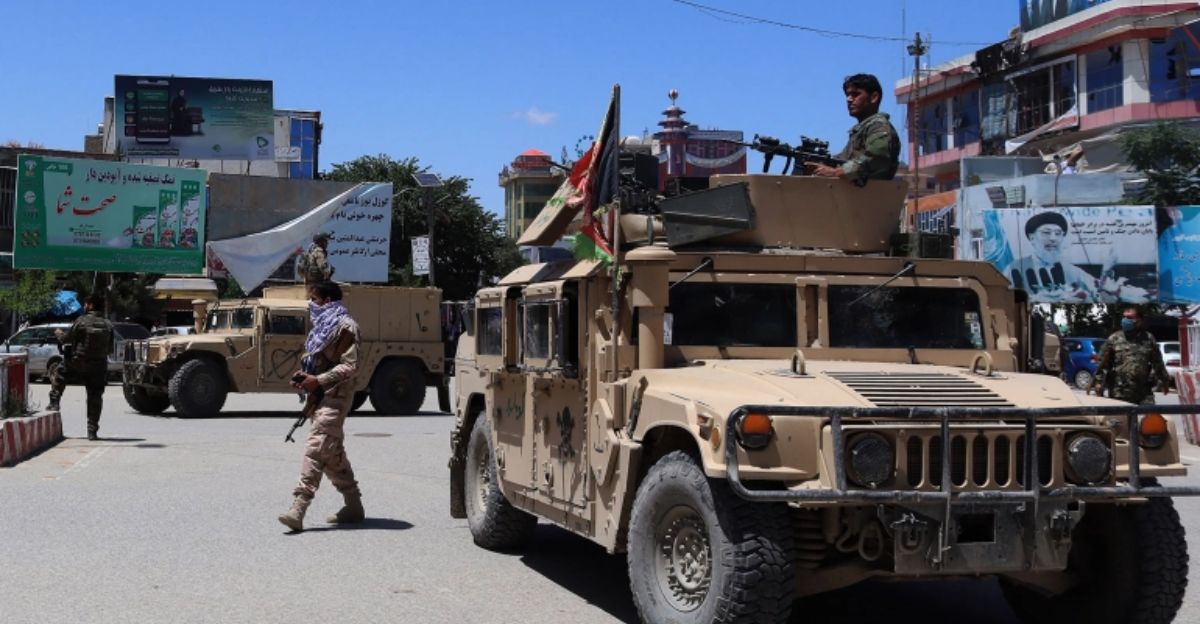
According to a non-traditional viewpoint, acknowledging the Taliban’s ownership of the $7 billion arsenal amounts to a de facto recognition of their authority over Afghanistan. Demands for return are viewed from this perspective as attempts to contest the legitimacy of their governance.
In realpolitik and international law, occupying forces rarely recover property from a new regime that they no longer militarily oppose. In order to make room for negotiated regional cooperation, this position forces a reinterpretation of U.S.-Taliban relations from confrontation to conditional engagement, grounded realistically in Afghanistan’s realities rather than prehistoric claims.
Possible Effects
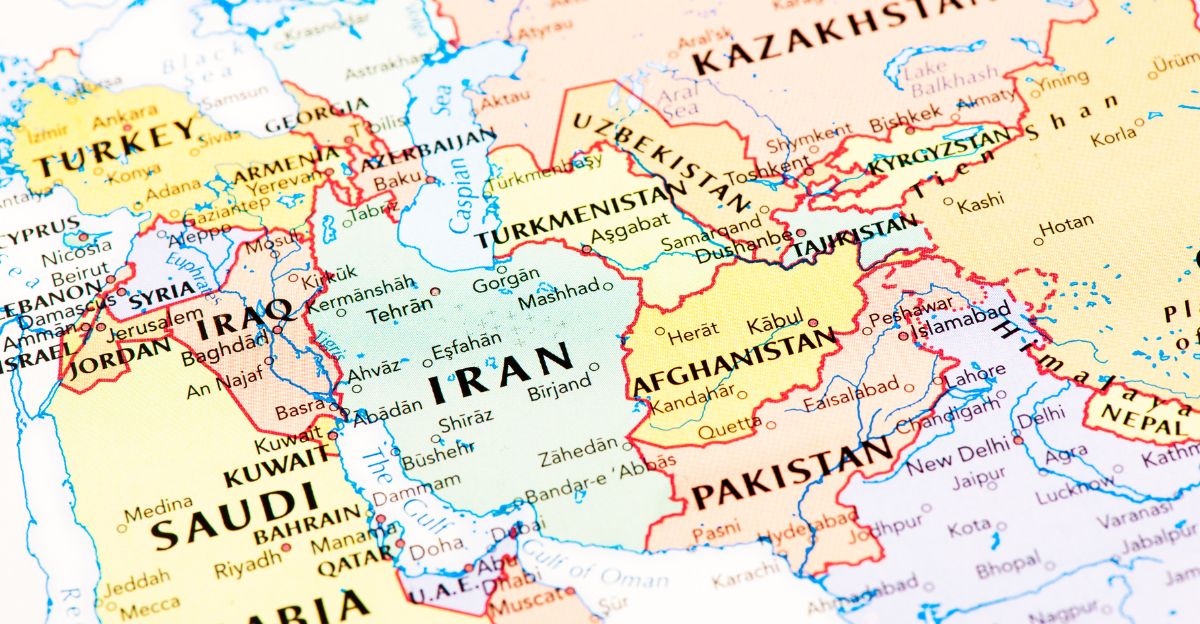
The Taliban are strategically positioned if they keep this equipment, but doing so runs the risk of intensifying regional arms races and conflicts. Because they are afraid of the Taliban’s growing capabilities, neighboring nations may strengthen their own military postures. Internally, having American weapons could both strengthen Taliban authority and encourage opposition movements or insurgent splinter groups to regain control.
The situation undermines the principles of responsible military disengagement and disarmament on a global scale by challenging post-conflict settlement norms and possibly inciting similar actions by nonstate actors elsewhere. Geopolitical stability is complicated by these cascading effects, which can have unpredictable results.
Confirmed Information on Public Displays and Equipment
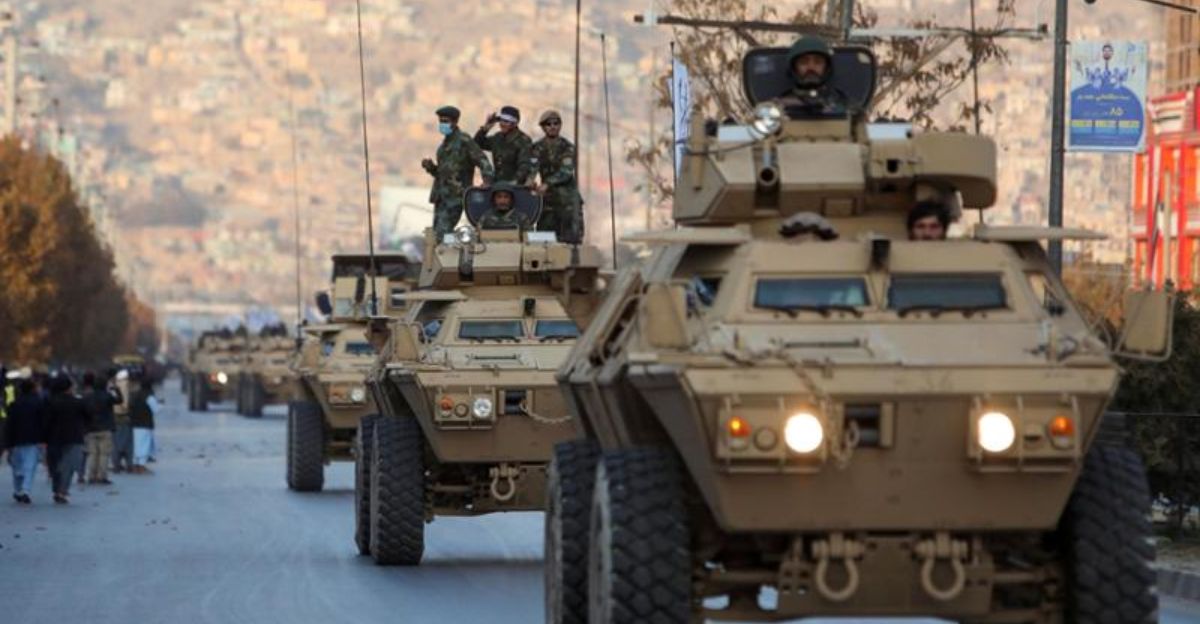
The Taliban are known to possess American military hardware, such as vehicles, rifles, missile systems, and night-vision goggles, according to several credible sources. Notably, as recently as 2025, the Taliban displayed equipment provided by the United States in military parades.
Claims of refusal to return the equipment are supported by this public display, which attests to control and functional use of these assets. According to U.S. Department of Defense reports, there are no plans to destroy or recover the arsenal.
Historical Parallels
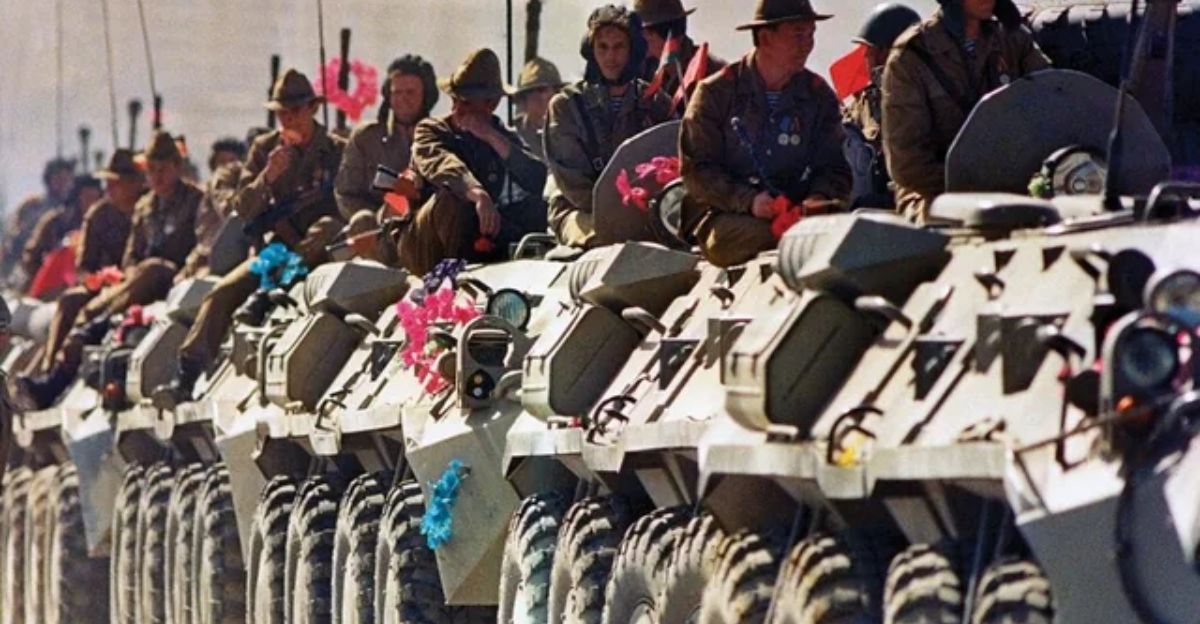
There are historical parallels where defeated powers lost control of their military assets during periods of rapid political change, like the 1980s Soviet withdrawals from Afghanistan or the United States’ loss of equipment in Vietnam. These instances demonstrate the ongoing dangers of military disengagement in the absence of a safe transition. Examining these instances demonstrates that hardware forfeiture is often indicative of more significant strategic blunders.
By demonstrating that the Taliban’s acquisition of American equipment is a part of a broader trend where military assistance can bolster the victor’s arsenal regardless of initial strategic intent, an understanding of this contextual lineage enhances understanding of the current Afghan situation.
Value, both Monetary and Symbolic
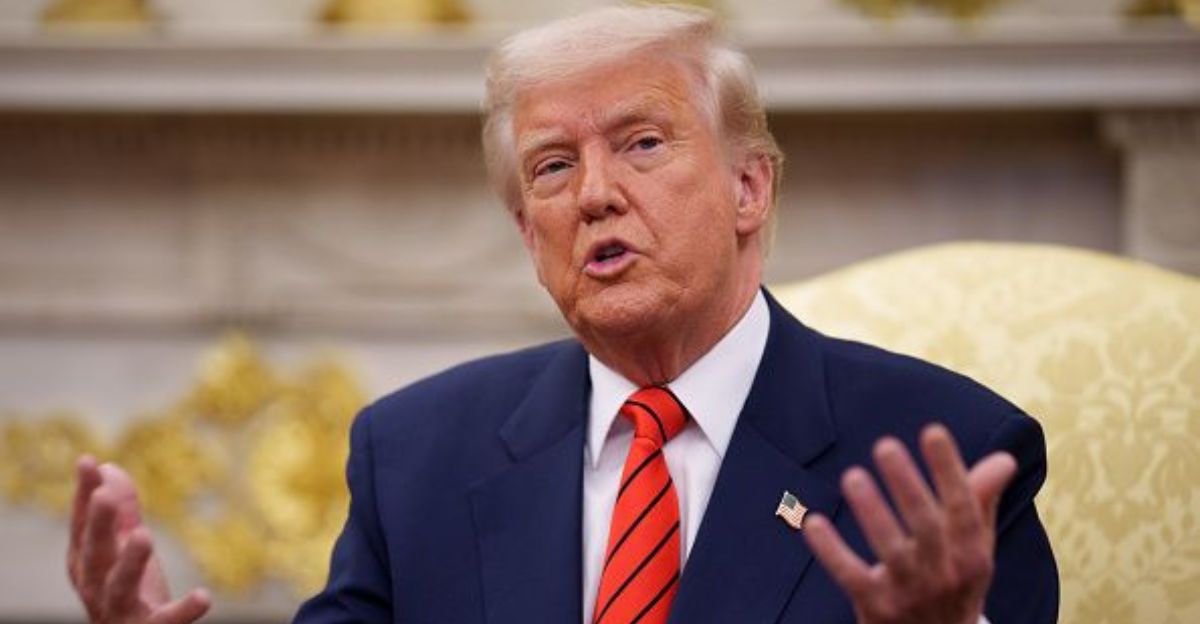
The $7 billion valuation includes significant economic and symbolic weight in addition to military utility. Beyond battlefield use, such equipment influences Taliban bargaining power in regional politics and aids fundraising through illicit sales or alliances.
The failure to recover these assets represents a setback to American pride and military prestige. It undermines public trust in military leadership and feeds political criticism at home, especially from opponents who point to poor management and strategic hesitancy during withdrawal operations.
Effects on Afghan Security and Civilians
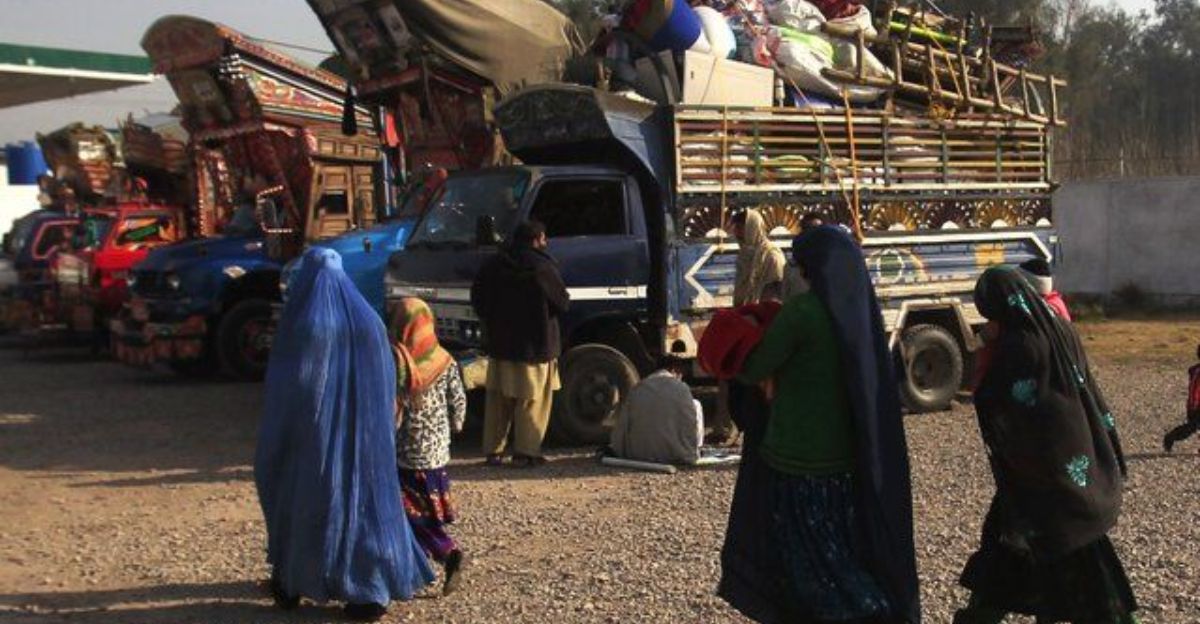
Although the Taliban’s possession of sophisticated weapons could solidify their hold on power, it also raises questions about internal repression and human rights. Though it runs the risk of inciting insurgencies or inter-factional violence, the increased ability to enforce control may stifle dissent.
This militarization prolongs Afghanistan’s instability and makes humanitarian access more difficult, which has significant implications for regional security and refugee flows. Thus, beyond strategic considerations, the transfer of military assets has wider societal ramifications that influence the future course of the nation.
US Domestic Political Story and International Presence

Particularly among those who oppose the withdrawal policy, the $7 billion loss has grown to be a powerful symbol in American politics, feeding stories of chaos, failure, and poor management. Political groups use it as a warning story to cast doubt on military and foreign policy choices.
On a global scale, it undermines confidence among allies and gives adversaries more confidence by casting doubt on American commitment and ability to manage its strategic assets. In order to regain credibility and regain influence in international affairs, the incident forces a strategic narrative shift that emphasizes more strategic disengagement and cautious diplomacy.
Conclusion
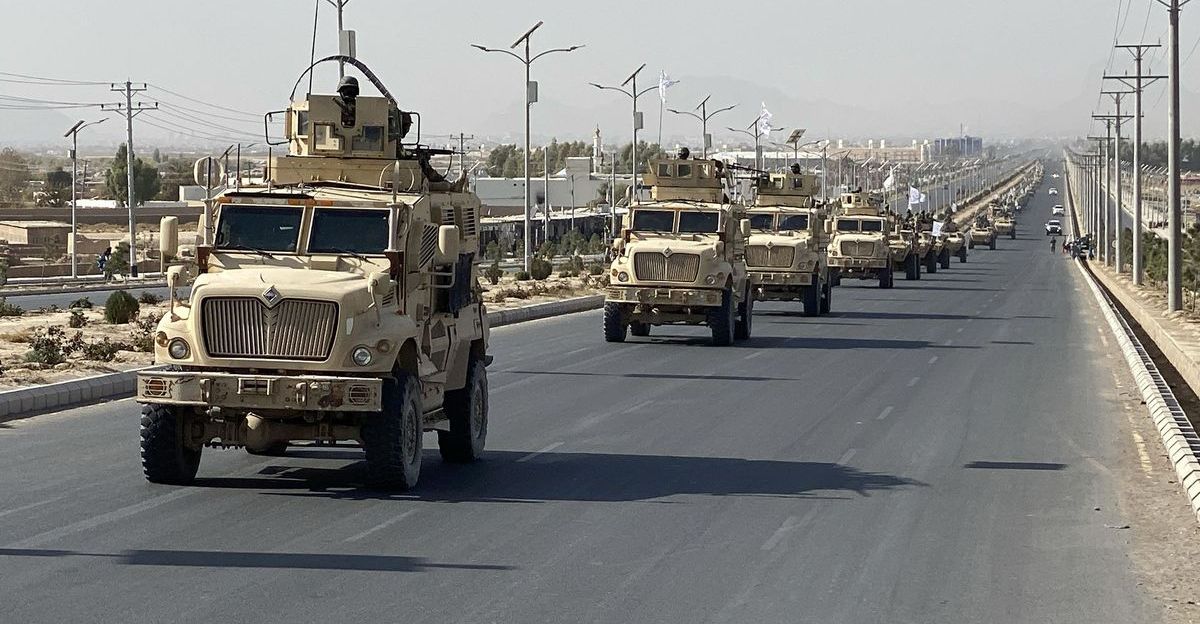
The Taliban’s refusal to return $7 billion worth of American military hardware represents a significant change in geopolitical, psychological, and strategic paradigms in addition to an immediate military loss. This situation calls into question presumptions regarding sovereignty, military superiority, and the effectiveness of foreign intervention.
Understanding Afghanistan’s complicated realities calls for nuanced strategies that balance strategic patience with pragmatism, take into account the interests of regional stakeholders, and adjust US engagement. An enduring lesson for future conflicts and diplomatic endeavors, the episode ultimately demonstrates that control over military assets is as much about politics and perception as it is about hardware.